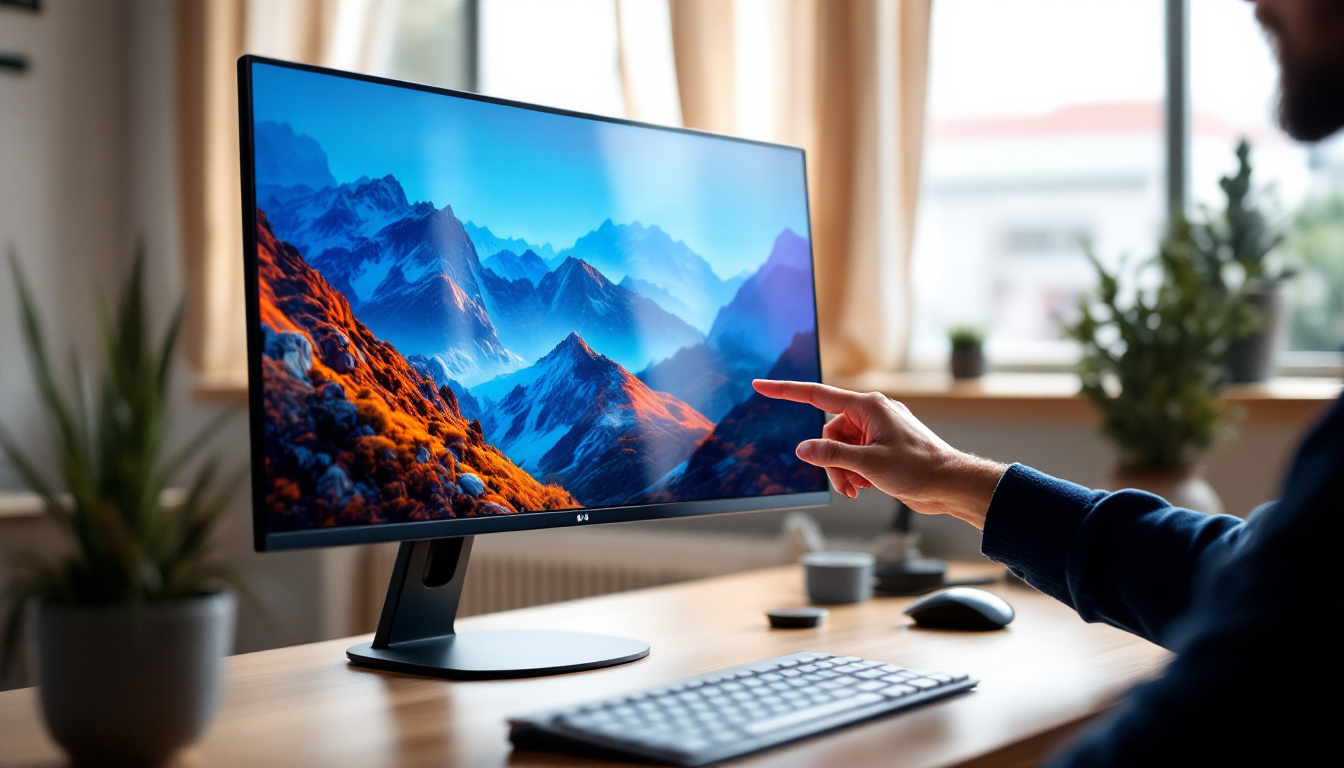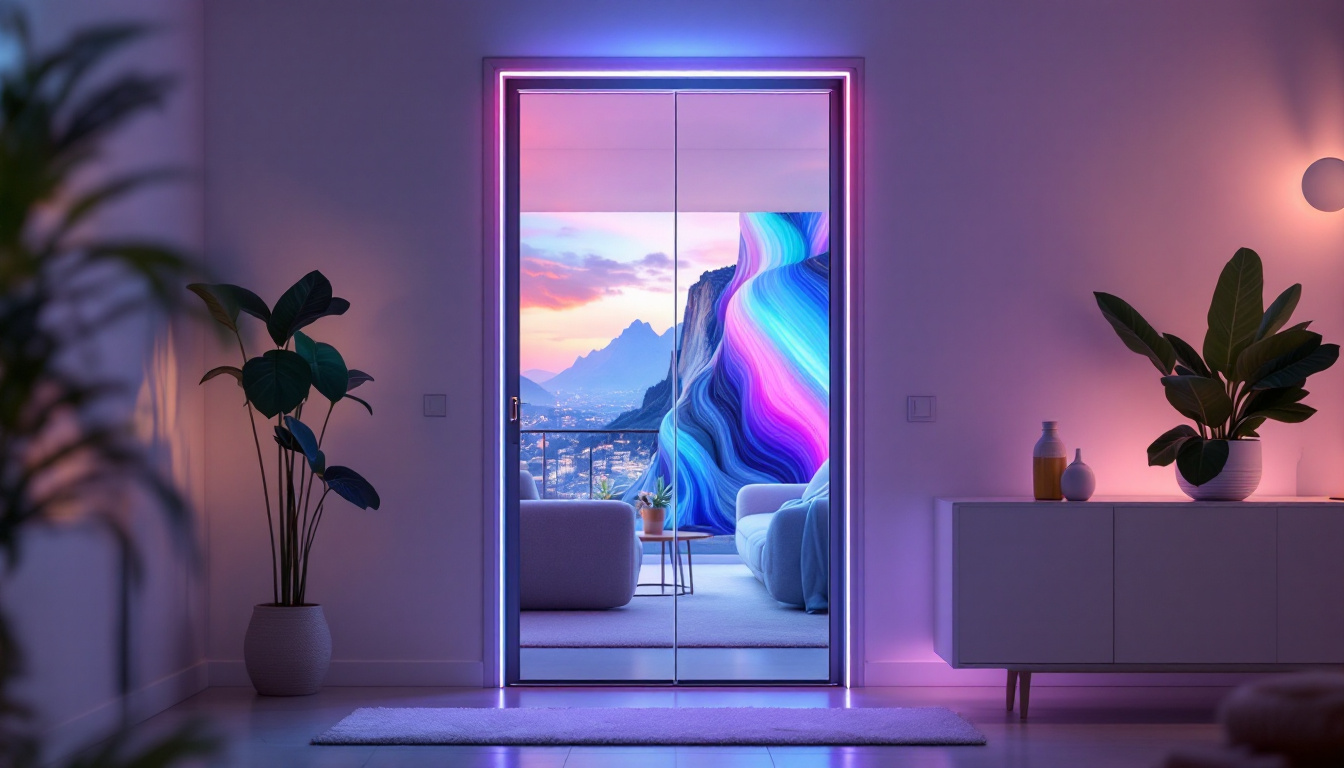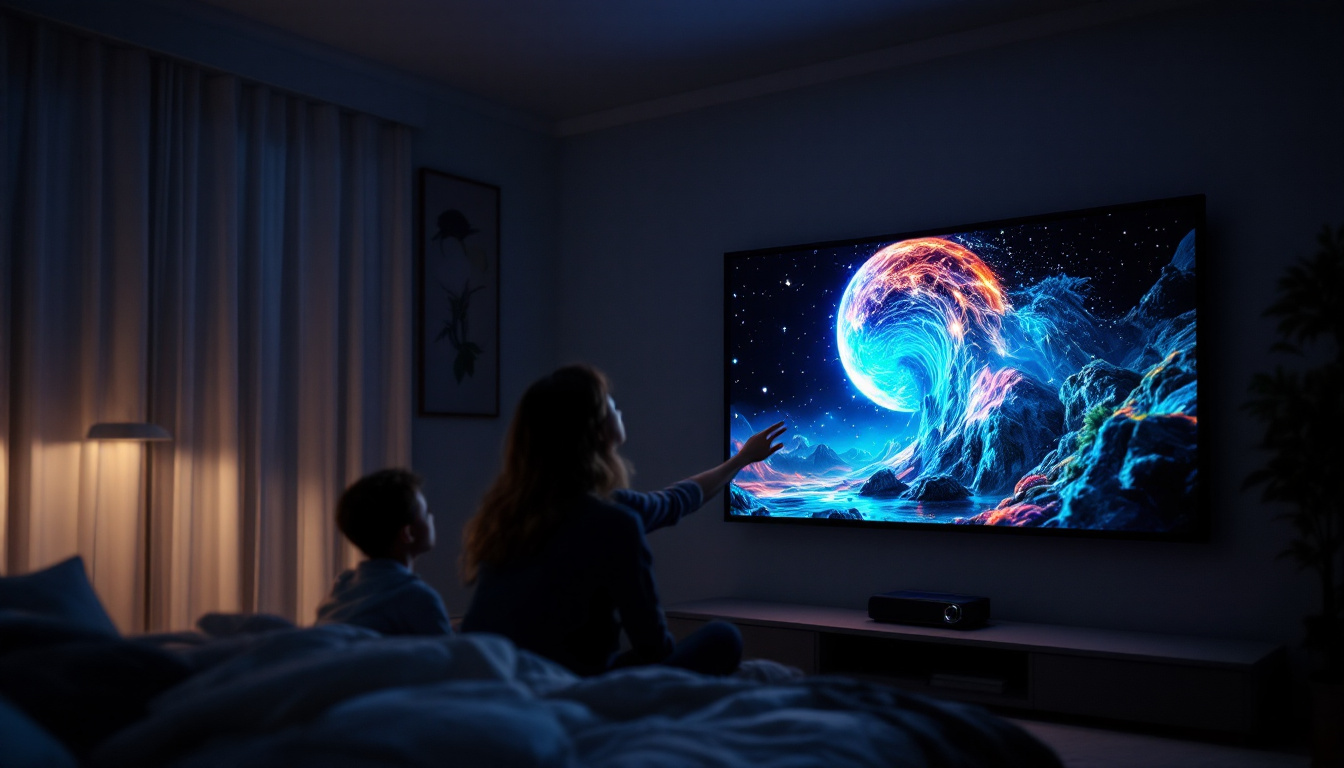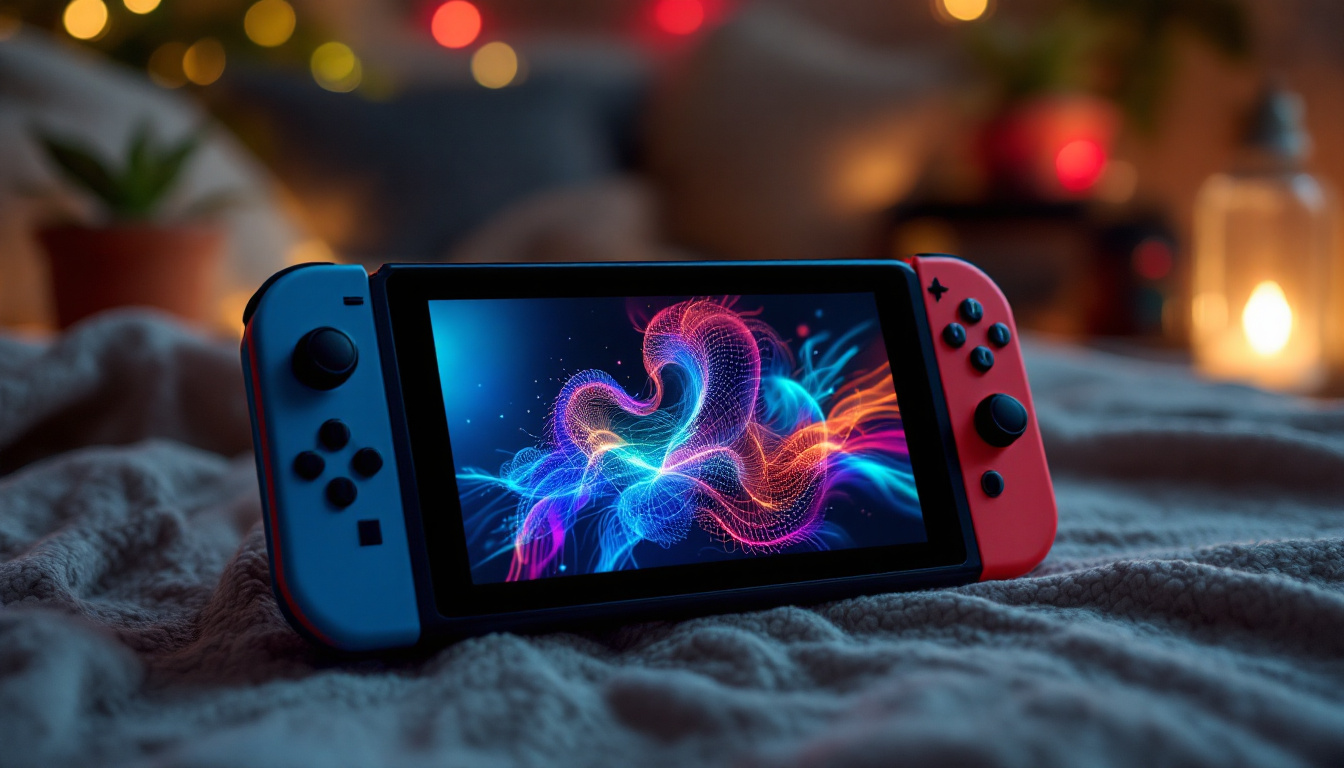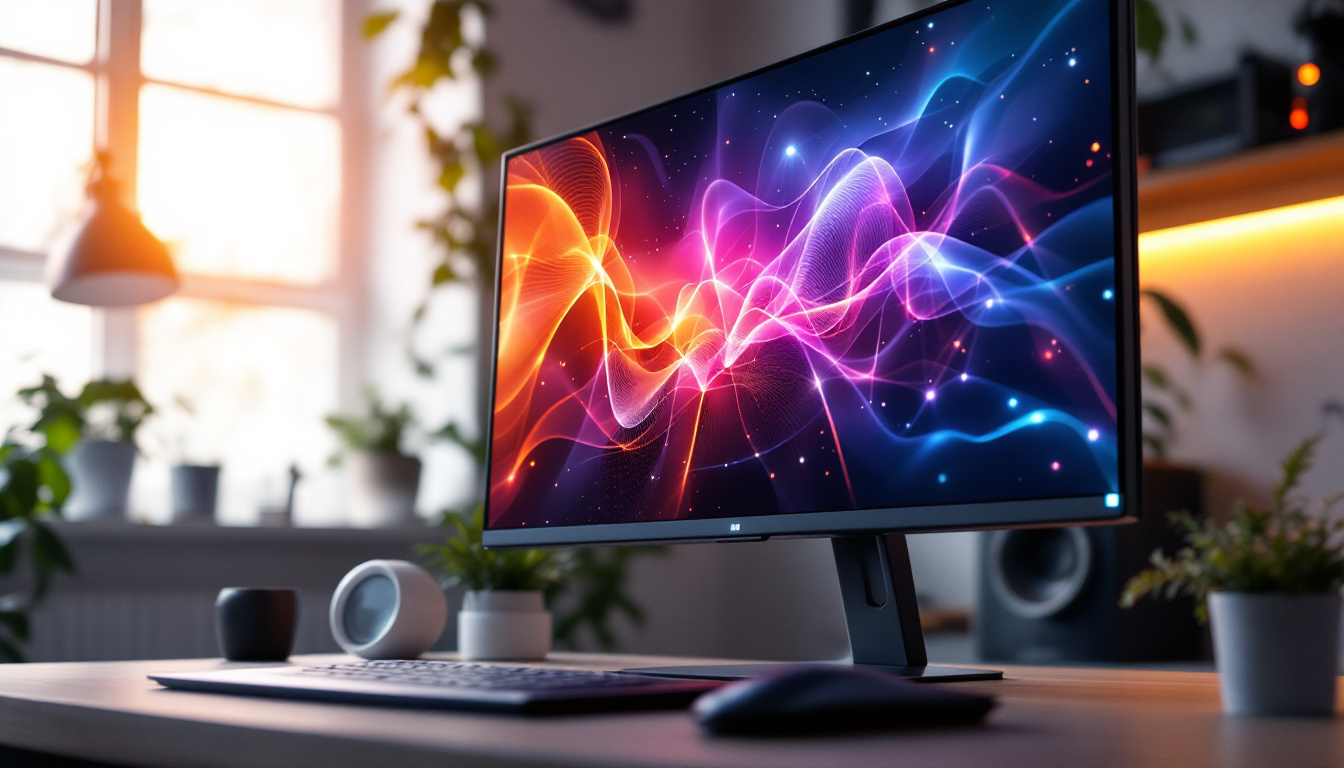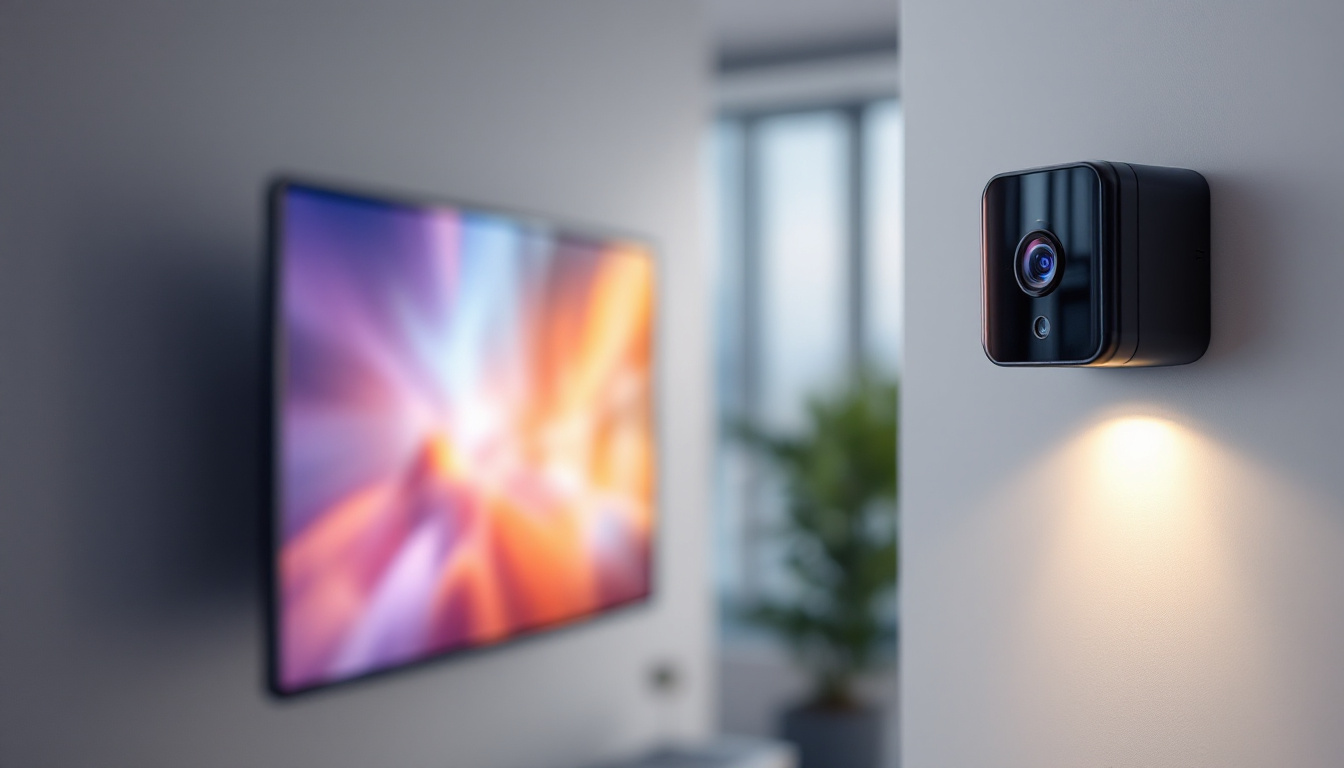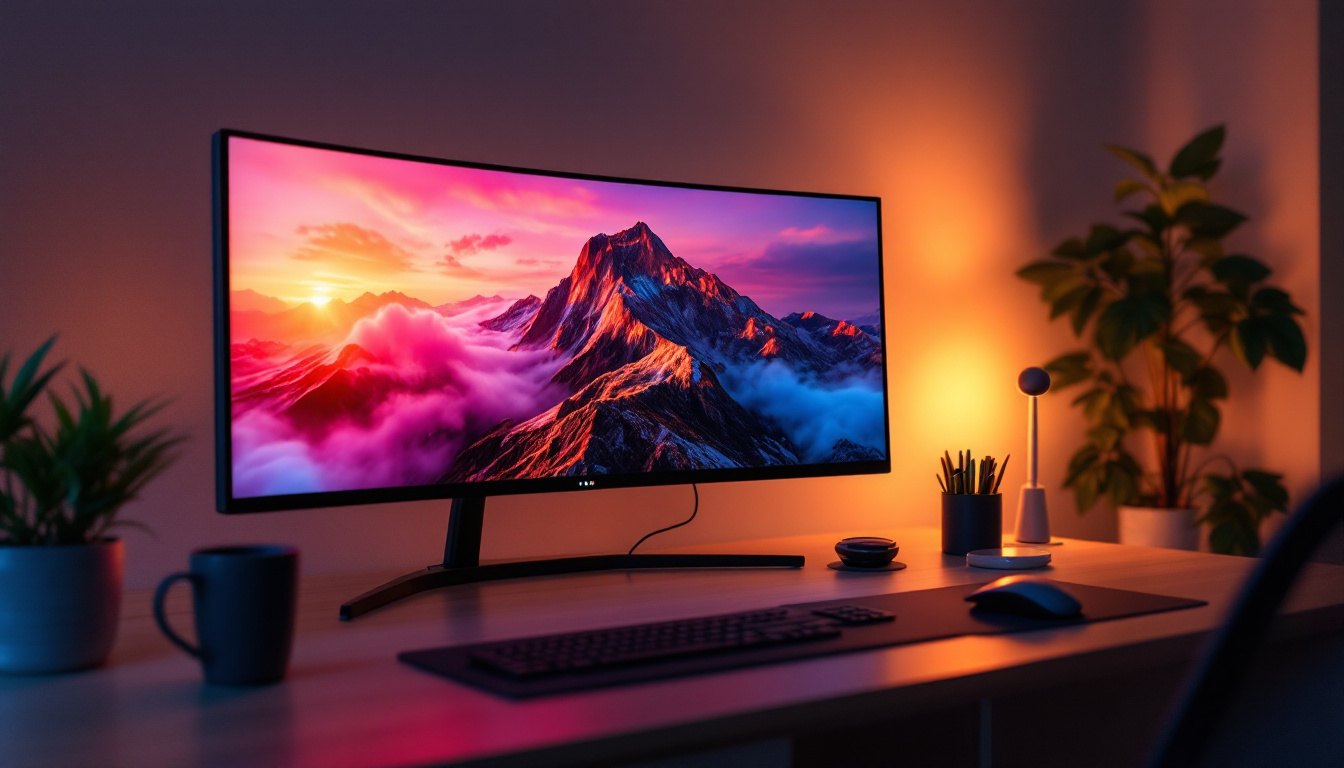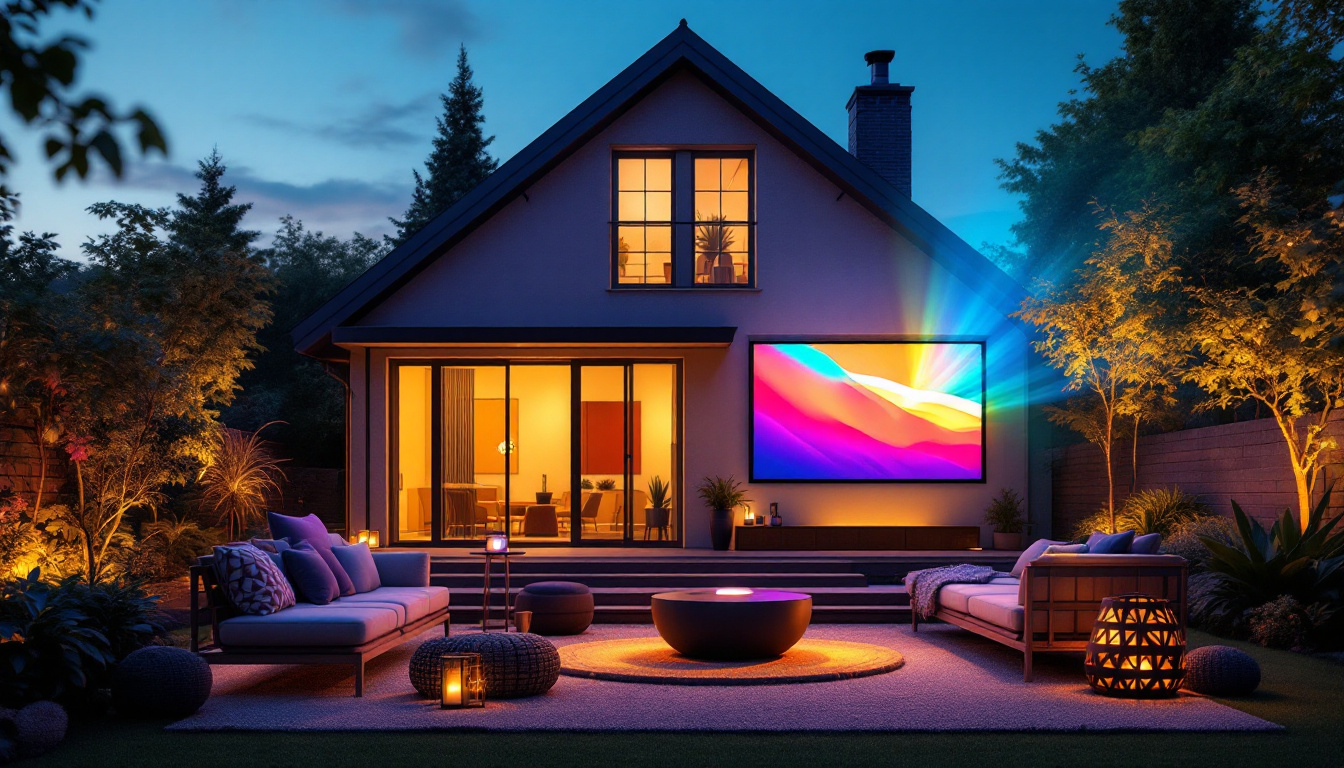In today’s digital age, the demand for high-quality displays has surged, particularly in professional environments where clarity and responsiveness are paramount. The 24-inch touch screen monitor with LED display technology has emerged as a popular choice, offering a blend of vibrant visuals and interactive capabilities. This article delves into the features, benefits, and applications of 24-inch LED touch screen monitors, providing a comprehensive understanding of why they are an essential tool in various fields.
Understanding LED Technology
LED, or Light Emitting Diode, technology has revolutionized the way displays are designed and utilized. Unlike traditional LCDs that rely on fluorescent backlighting, LED monitors use an array of tiny diodes to produce light, resulting in brighter and more energy-efficient screens. This shift not only enhances the visual experience but also paves the way for innovative applications across various industries, from consumer electronics to professional settings.
Advantages of LED Displays
One of the primary advantages of LED displays is their superior brightness. This feature is particularly beneficial in environments with high ambient light, where traditional displays may struggle to maintain visibility. Additionally, LED monitors offer a wider color gamut, allowing for more vibrant and accurate color reproduction, which is crucial for graphic design, video editing, and gaming. The ability to display deeper blacks and brighter whites enhances the overall contrast, making images appear more lifelike and engaging.
Moreover, LED technology is known for its energy efficiency. These monitors consume less power compared to their LCD counterparts, making them an environmentally friendly option. This not only reduces electricity costs but also contributes to a smaller carbon footprint. As sustainability becomes a priority for consumers and businesses alike, the demand for energy-efficient technologies like LED displays continues to grow, further driving innovation in this field.
Types of LED Displays
LED displays come in various types, including edge-lit and full-array backlit models. Edge-lit displays are thinner and lighter, as the LEDs are positioned along the edges of the screen, while full-array backlit displays feature a grid of LEDs behind the screen, providing more uniform brightness and better contrast ratios. Understanding these differences can help users choose the right monitor for their specific needs. Additionally, there are OLED (Organic Light Emitting Diode) displays, which take LED technology a step further by using organic compounds to emit light, resulting in even better color accuracy and flexibility in screen design.
Furthermore, advancements in LED technology have led to the development of MicroLED displays, which utilize microscopic LEDs to create images. This technology promises to deliver even higher resolutions and improved energy efficiency, making it a strong contender for the future of display technology. As these innovations continue to evolve, they open up new possibilities for applications in virtual reality, augmented reality, and beyond, showcasing the versatility and potential of LED technology in our increasingly digital world.
Touch Screen Technology
Touch screen technology has made significant advancements over the years, transforming the way users interact with devices. The integration of touch capabilities in a 24-inch monitor enhances usability, making it an ideal choice for a range of applications. As technology continues to evolve, touch screens are becoming more intuitive and user-friendly, allowing for seamless interaction that can cater to both novice and experienced users alike.
How Touch Screens Work
Touch screens operate using various technologies, the most common being capacitive and resistive touch. Capacitive touch screens detect touch through the electrical properties of the human body, allowing for multi-touch functionality and greater responsiveness. In contrast, resistive touch screens rely on pressure applied to the screen, making them suitable for environments where users may wear gloves or use styluses. This adaptability is particularly beneficial in settings such as manufacturing or healthcare, where precision and hygiene are paramount.
The choice between these technologies depends on the intended use. Capacitive screens are preferred for their sensitivity and clarity, while resistive screens are favored in industrial settings for their durability and versatility. Additionally, advancements in technology have led to hybrid models that combine the strengths of both types, offering users a wider range of functionality and application possibilities.
Applications of Touch Screen Monitors
24-inch touch screen monitors find applications across various sectors. In education, they serve as interactive whiteboards, facilitating engaging learning experiences. Teachers can easily share multimedia content, conduct quizzes, and encourage collaborative learning among students. The interactive nature of these devices not only captures students’ attention but also fosters a more dynamic and participatory classroom environment.
In retail, these monitors enhance customer interaction, allowing for intuitive product browsing and information access. Shoppers can explore product features, compare prices, and even place orders directly from the screen, streamlining the purchasing process. Moreover, in healthcare, touch screen monitors are used for patient management systems, providing easy access to medical records and facilitating communication between staff and patients. The versatility of these monitors makes them invaluable in modern workplaces. Beyond these sectors, touch screens are also making their mark in hospitality, where they are used for self-service kiosks, enabling guests to check in and out with ease, as well as in entertainment, where they enhance user experiences in gaming and interactive displays. This widespread adoption highlights the growing importance of touch screen technology in our daily lives, as it continues to redefine how we engage with information and services.
Benefits of 24-Inch Touch Screen Monitors
The 24-inch size strikes a balance between usability and screen real estate. It provides ample space for multitasking without overwhelming the user. This size is particularly advantageous for professionals who require multiple applications open simultaneously, such as graphic designers or data analysts.
Enhanced User Experience
Touch screen monitors enhance the user experience by allowing for direct interaction with content. This immediacy can lead to increased productivity, as users can navigate through applications and documents with simple gestures. The tactile feedback of touch screens can also make tasks feel more intuitive, reducing the learning curve for new software.
Furthermore, the ability to zoom, scroll, and manipulate content with touch gestures can significantly streamline workflows, making it easier to focus on the task at hand.
Space-Saving Design
Another notable benefit of 24-inch touch screen monitors is their space-saving design. Unlike traditional setups that may require separate input devices like keyboards and mice, touch screens consolidate functionality into a single unit. This is particularly advantageous in environments with limited desk space, such as small offices or home workstations.
Choosing the Right 24-Inch Touch Screen Monitor
With a plethora of options available on the market, selecting the right 24-inch touch screen monitor can be daunting. Several factors should be considered to ensure the chosen model meets specific needs and preferences.
Resolution and Display Quality
Resolution is a critical factor when choosing a monitor. A higher resolution, such as 1920×1080 (Full HD) or 2560×1440 (QHD), provides sharper images and more detail, which is essential for tasks that require precision, such as graphic design or video editing. Additionally, look for monitors with high color accuracy and wide viewing angles to ensure a consistent and vibrant display from various positions.
Connectivity Options
Connectivity is another essential aspect to consider. A good 24-inch touch screen monitor should offer multiple connectivity options, including HDMI, DisplayPort, USB-C, and VGA. This versatility allows for easy connection to various devices, such as laptops, desktops, and even tablets, catering to different user setups.
Considerations for Touch Screen Monitors
While 24-inch touch screen monitors offer numerous benefits, there are several considerations to keep in mind before making a purchase.
Durability and Build Quality
Durability is a key consideration, especially in environments where the monitor may be subject to heavy use or potential damage. Monitors with reinforced glass and robust housing can withstand the rigors of daily use, making them a wise investment for busy workplaces.
Touch Screen Calibration
Calibration is vital for ensuring accurate touch responses. Some monitors come with built-in calibration tools, while others may require software installation for optimal performance. Users should consider how easy it is to calibrate the touch screen and whether the monitor retains calibration settings after being powered off.
Future Trends in Touch Screen Monitor Technology
The landscape of touch screen technology is constantly evolving, with innovations aimed at enhancing user experience and functionality. Understanding these trends can provide insights into the future of 24-inch touch screen monitors.
Advancements in Touch Sensitivity
Future touch screen monitors are expected to feature advancements in touch sensitivity, allowing for even more precise input. Technologies such as haptic feedback may become commonplace, providing users with tactile responses that enhance the interactive experience.
Integration with AI and Smart Features
As artificial intelligence continues to advance, future touch screen monitors may integrate smart features that allow for voice commands and gesture recognition. This would enable users to interact with their monitors in a more natural and intuitive way, further streamlining workflows.
Conclusion
In conclusion, 24-inch touch screen monitors with LED display technology represent a significant advancement in display solutions. Their combination of vibrant visuals, interactive capabilities, and versatility makes them an ideal choice for various applications, from education to healthcare and beyond. By understanding the features, benefits, and considerations associated with these monitors, users can make informed decisions that enhance their productivity and overall experience.
As technology continues to evolve, the future of touch screen monitors promises even greater innovations, ensuring that they remain an essential tool in the modern workspace.
Discover LumenMatrix’s Advanced LED Displays
Ready to elevate your interactive experiences with the latest in LED display technology? Look no further than LumenMatrix, a pioneer in crafting LED display modules that bring your content to life. Whether you’re seeking dynamic solutions for indoor or outdoor environments, specialized vehicle displays, or innovative LED posters and sports displays, LumenMatrix has you covered. Embrace the future of visual communication with our diverse range of products, including Floor LED Displays, Custom LED Displays, All-in-One LED Displays, and LED Transparent Displays. Don’t miss the opportunity to transform your space and captivate your audience. Check out LumenMatrix LED Display Solutions today and witness the power of exceptional clarity and engagement.

